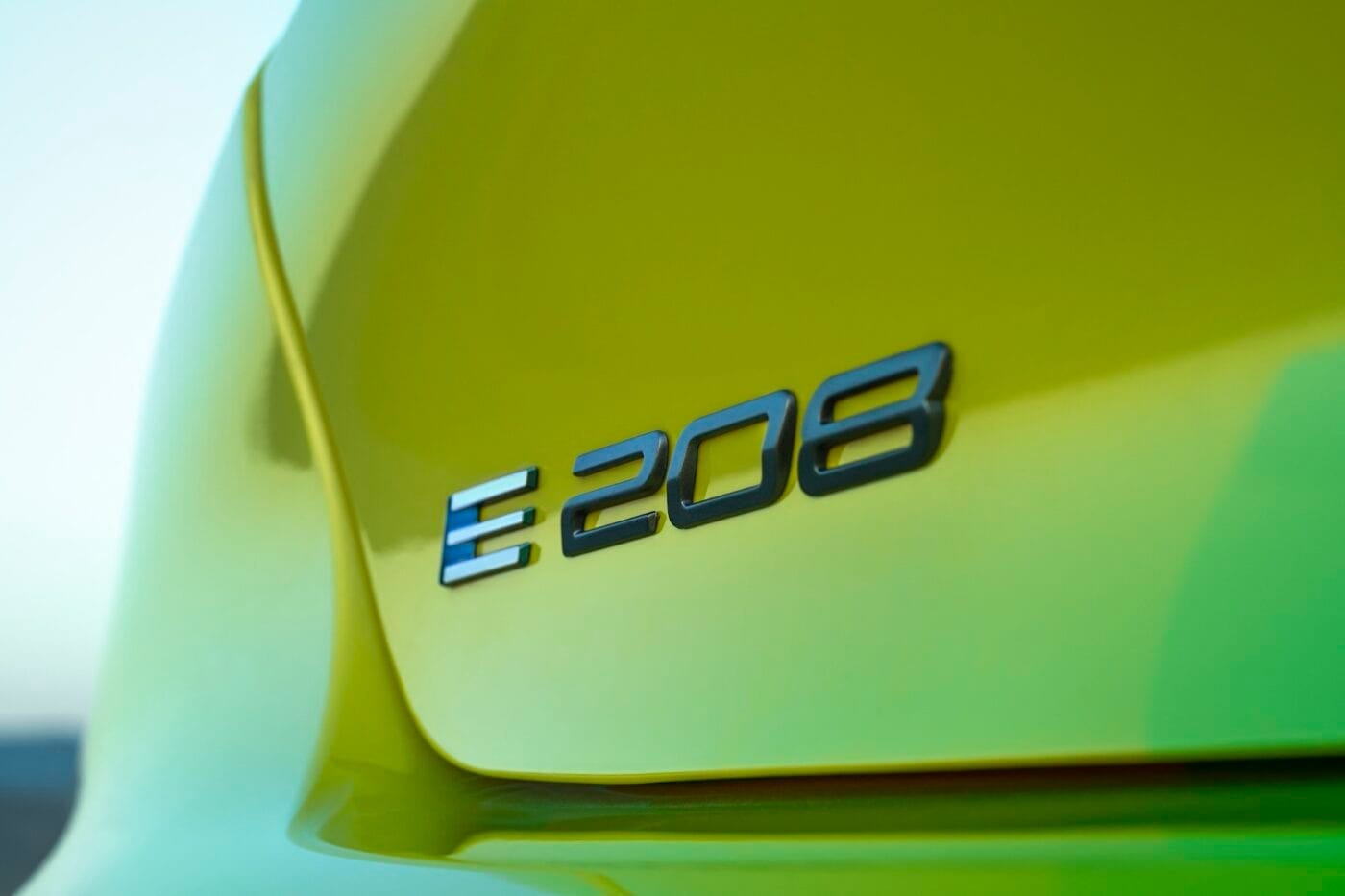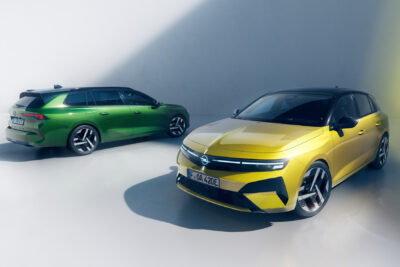Next Peugeot e-208 debuts STLA Small platform
Since the launch of the current generation, which has been on sale since 2019, Peugeot has also offered a fully electric version of the 208. According to British portal Autocar, the French automaker will take a further step and offer the third edition of its best-selling model solely as an electric vehicle. Production is planned to start at the end of 2026.
The Stellantis brand is aware of buyers’ reluctance in some markets and will continue producing the combustion-engine versions of the current model alongside the new e-208 for a period.
Corsa follows a few months later
With the next generation, the 208 will become a true technology carrier within its parent group – as Stellantis’ best-selling B-segment model, it will mark the series debut of the new STLA Small platform. A few months later, the next Opel and Vauxhaull Corsa Electric will follow on the same technical basis in 2027, Autocar reports. Both technical siblings are expected to be produced, as their predecessors were, in Saragossa, Spain.
The new platform promises a major step forward, particularly in terms of range. Despite the vehicle’s relatively small footprint, it should allow significantly higher battery capacities. The technical specs of the concept car unveiled in summer, the “Opel Corsa GSE Vision Gran Turismo,” provide a strong indication of what to expect from the new architecture. The racing car’s underbody houses an 82 kWh battery, while entry-level versions are rumoured to start at 37 kWh.
Range set to rise significantly
The current e-208 and Corsa Electric, both based on the “e-CMP” platform, come with a battery pack with a maximum energy content of 52 kWh. It enables a WLTP range of 432 kilometres. Thanks to the much larger battery, the next generation of the small car is expected to surpass the 500-kilometre mark in standard range.
It remains uncertain whether the two Stellantis small cars will also make a major leap in charging performance. In the small-car segment, peak charging powers around 100 kW are typical, and Peugeot and Opel may push this further. So far, the group’s electric models have not particularly excelled in this area.
The current e-208 features a 115 kW motor under the bonnet. Its successor is expected to deliver a similar performance. Last summer, Peugeot launched a 206 kW (280 PS) GTi version of its electric small car. A sporty top version is also likely for the next generation.
Completely new cockpit layout for the e-208
With the generational change, Peugeot’s small car will grow subtly while also receiving a visual overhaul. The current 208 is one of the few Peugeot models not to feature the brand face seen on the 3008, 5008, and 308. Inside, the French company promises a revolution. The Concept Car “Polygon,” to be unveiled in November, will preview the cockpit layout of the upcoming 208.
For the first time, Peugeot used steer-by-wire technology in the study – a first for the Stellantis group. By dispensing with a conventional steering column, the front passengers benefit from a more open, airy feeling. The screen panel on top of the dashboard is already familiar in its basic form from the 3008. Both the Polygon and the series e-208 will feature a rectangular “steering wheel” instead of a round one. Peugeot had already hinted at this almost three years ago with the CES study “Inception.”
The current Peugeot e-208 starts at €24,130. Prices for the successor are expected to remain at a similar level. However, the new platform and larger batteries should allow more flexibility upwards in the future.
This article was first published by Elias Holdenried for electrive’s German edition.





0 Comments